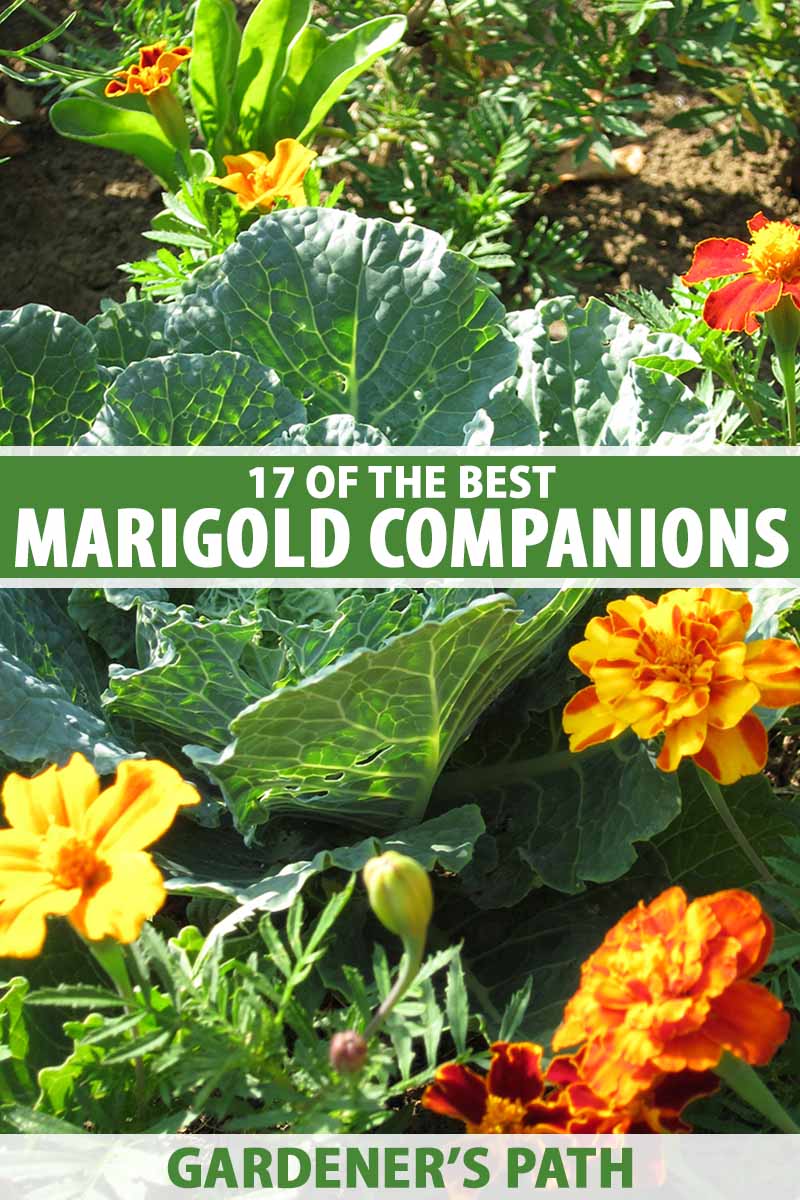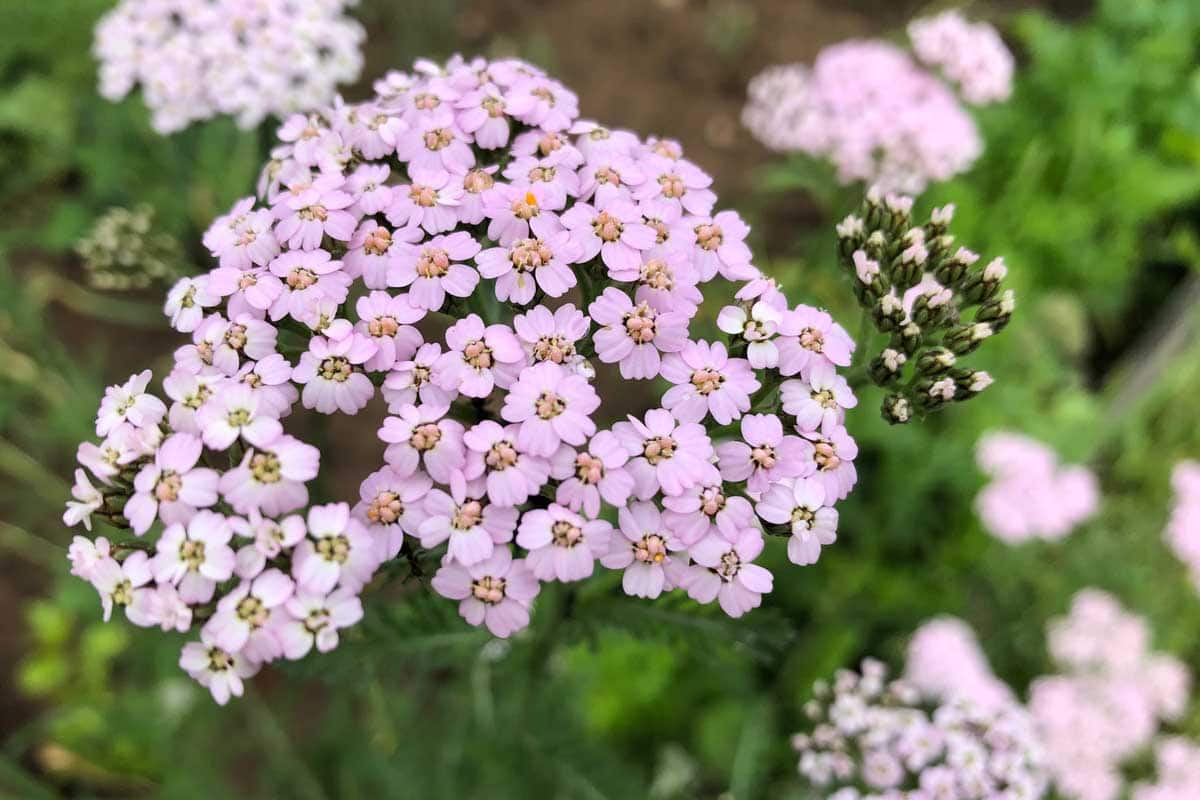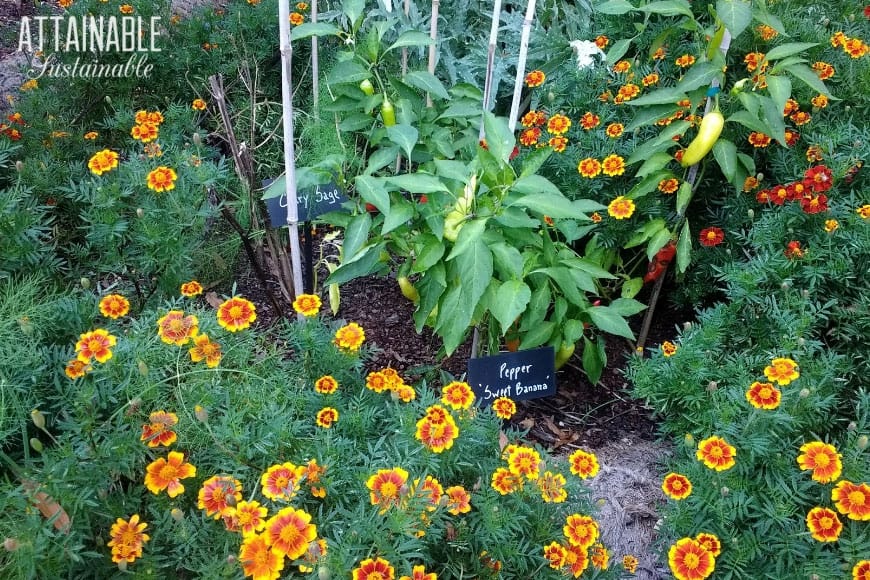The Ultimate Guide To Companion Planting Herbs With Flowers
The Ultimate Guide to Companion Planting Herbs with Flowers
Companion planting is a gardening practice that involves planting certain plants together to benefit each other. This can be done with herbs, flowers, vegetables, and even fruits. There are many benefits to companion planting, including:
- Increased crop yields
- Improved plant health
- Reduced pest and disease problems
- Increased pollination
- Enhanced beauty
When companion planting herbs with flowers, there are a few things to keep in mind. First, you need to consider the needs of the plants. Some herbs, such as basil, need full sun, while others, such as mint, prefer partial shade. You also need to consider the growth habits of the plants. Some herbs, such as chives, spread quickly, while others, such as rosemary, are more compact.
Once you have considered the needs of the plants, you can start to plan your companion planting scheme. There are a few different ways to do this. You can look up lists of compatible herbs and flowers, or you can experiment and see what works well in your garden.
Here are a few examples of herbs that can be companion planted with flowers:
- Basil: Basil is a great companion for tomatoes, peppers, and eggplants. It helps to repel pests and attract pollinators.
- Chives: Chives are a good companion for most vegetables, but they are especially beneficial for carrots and roses. They help to repel pests and improve the flavor of the vegetables.
- Dill: Dill is a good companion for cabbage, broccoli, and cauliflower. It helps to repel pests and improve the flavor of the vegetables.
- Lavender: Lavender is a good companion for roses, tomatoes, and beans. It helps to repel pests and attract pollinators.
- Mint: Mint is a good companion for strawberries, carrots, and beans. It helps to repel pests and improve the flavor of the vegetables.
Of course, these are just a few examples. There are many other herbs and flowers that can be companion planted together. The best way to find out what works well in your garden is to experiment.
In addition to the benefits listed above, companion planting herbs with flowers can also add beauty and interest to your garden. The different colors, textures, and scents of the herbs and flowers can create a visually appealing and fragrant garden.
If you are looking for a way to improve your garden's productivity, health, and beauty, then companion planting herbs with flowers is a great option. With a little planning, you can create a thriving and productive garden that is both beautiful and fragrant.
Companion planting is a gardening technique that involves planting different types of plants together to benefit each other. This can be done with herbs, vegetables, and flowers.
When it comes to companion flowers for herbs, there are a few things to keep in mind. First, you want to choose flowers that attract beneficial insects, such as bees and butterflies. These insects will help pollinate your herbs, which will improve their yield.
Second, you want to choose flowers that repel pests. Some flowers, such as marigolds and nasturtiums, have strong scents that deter pests from your herbs.
Finally, you want to choose flowers that complement the look of your herb garden. There are many beautiful and fragrant flowers that can be used as companion plants for herbs.
If you're interested in learning more about companion planting with herbs, I recommend visiting Gardenia Inspiration. This website has a wealth of information on the topic, including a list of companion flowers for specific herbs.
FAQ of companion flowers for herbs
Q: What are companion flowers?
A: Companion flowers are plants that are grown together because they benefit each other in some way. They may attract beneficial insects, repel pests, or improve the soil quality.
Q: What are some good companion flowers for herbs?
A: Some good companion flowers for herbs include:
- Marigolds: Marigolds repel a variety of pests, including aphids, whiteflies, and nematodes. They also attract ladybugs and other beneficial insects.

- Nasturtiums: Nasturtiums attract pollinators, such as bees and butterflies. They also help to deter pests, such as cabbage moths and flea beetles.
- Chamomile: Chamomile helps to repel mosquitoes and other biting insects. It also improves the flavor of some herbs, such as mint and basil.

- Lavender: Lavender repels moths and other pests. It also helps to attract pollinators.

- Yarrow: Yarrow helps to repel pests, such as aphids, spider mites, and whiteflies. It also improves the drainage of soil.

Q: How do I plant companion flowers with herbs?
A: When planting companion flowers with herbs, it is important to consider the needs of both plants. For example, marigolds prefer full sun, while chamomile prefers partial shade. It is also important to space the plants appropriately.
Q: What are some of the benefits of companion planting?
A: There are many benefits to companion planting, including:
- Increased crop yields
- Improved plant health
- Reduced pest and disease problems
- Increased pollination
- Enhanced soil quality
Q: Where can I find more information about companion planting?
A: There are many resources available to learn more about companion planting. Here are a few suggestions:
- Books: There are many books available on companion planting. Some good options include "The Vegetable Gardener's Companion" by Louise Riotte and "Carrots Love Tomatoes" by Barbara Damrosch.


- Websites: There are many websites that offer information on companion planting. Some good options include www.gardeners.com and www.motherearthnews.com.
- Gardening clubs: There are many gardening clubs that offer classes and workshops on companion planting. Check with your local garden center or extension office to find a club in your area.
Image of companion flowers for herbs
- Marigolds and basil: These two flowers are both known for their pest-deterrent properties. Marigolds help to repel aphids, whiteflies, and other common garden pests, while basil helps to deter mosquitoes.

- Nasturtiums and carrots: Nasturtiums are another great companion flower for herbs. They help to deter pests like carrot flies and root maggots, and they also attract pollinators like bees and butterflies.
- Lavender and tomatoes: Lavender is a beautiful and fragrant flower that can also help to improve the flavor of tomatoes. It helps to repel tomato hornworms and other pests, and it also attracts pollinators that help to pollinate the tomatoes.

- Sunflowers and chives: Sunflowers are a tall and stately flower that can help to provide shade for smaller herbs like chives. Chives, in turn, help to repel aphids and other pests from the sunflowers.

- Calendula and rosemary: Calendula is a daisy-like flower that is known for its medicinal properties. It can help to repel pests like spider mites and whiteflies, and it also attracts pollinators that help to pollinate the rosemary.


Post a Comment for "The Ultimate Guide To Companion Planting Herbs With Flowers"